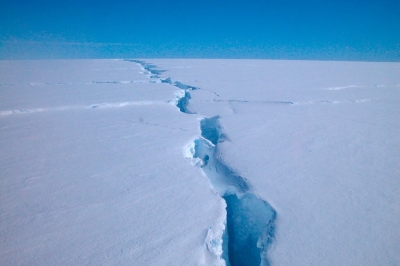
Noise pollution can be defined as unwanted or excessive sound that can have adverse effects on human health, wildlife, and environment quality. Sound is measured in decibels (dB) and the normal hearing frequency rate of healthy individuals ranges from 0 to 120 dB. Sounds that reach 85 decibels or higher can damage a person’s ears. Some audio sources that exceed this threshold include power lawn mowers (90 dB), trains (90 to 115 dB), and loud rock concerts (110 to 120 dB). Noise pollution impacts millions of people on a daily basis. The most common health problems it is responsible for include noise-induced hearing loss and high blood pressure.
Human Diseases Caused by Noise Pollution
Whether we realize we are subjected to it or not, noise pollution can be hazardous to our health in various ways.
Hypertension is, in this case, a direct result of noise pollution caused elevated blood levels for a longer period of time.
Hearing loss can be directly caused by noise pollution, whether listening to loud music in your headphones or being exposed to loud drilling noises at work, heavy air or land traffic, or separate incidents in which noise levels reach dangerous intervals, such as around140 dB for adult or 120 dB for children.
Sleep disturbances are usually caused by constant air or land traffic at night, and they are a serious condition in that they can affect everyday performance and lead to serious diseases.
Child development. Children appear to be more sensitive to noise pollution, and a number of noise-pollution-related diseases and dysfunctions are known to affect children, from hearing impairment to psychological and physical effects. Also, children who regularly use music players at high volumes are at risk of developing hearing dysfunctions. In 2001, it was estimated that 12.5% of American children between the ages of 6 to 19 years had impaired hearing in one or both ears
Various cardiovascular dysfunctions. Elevated blood pressure caused by noise pollution, especially during the night, can lead to various cardiovascular diseases.
Dementia isn’t necessarily caused by noise pollution, but its onset can be favored or compounded by noise pollution.
Psychological dysfunctions and noise annoyance. Noise annoyance is, in fact, a recognized name for an emotional reaction that can have an immediate impact.
Effects of Noise Pollution on Wildlife and Marine Life
Our oceans are no longer quiet. Thousands of oil drills, sonars, seismic survey devices, coastal recreational watercraft and shipping vessels are now populating our waters, and that is a serious cause of noise pollution for marine life. Whales are among the most affected, as their hearing helps them orient themselves, feed and communicate. Noise pollution thus interferes with cetaceans’ (whales and dolphins) feeding habits, reproductive patterns and migration routes, and can even cause hemorrhage and death.
Other than marine life, land animals are also affected by noise pollution in the form of traffic, firecrackers etc., and birds are especially affected by the increased air traffic.
Tips for Avoiding Noise Pollution
Wear earplugs whenever exposed to elevated noise levels.
Maintain a level of around 35 dB in your bedroom at night, and around 40 dB in your house during the day.
If possible, choose your residential area as far removed from heavy traffic as you can.
Avoid prolonged use of earphones, especially at elevated sound levels.
If possible, avoid jobs with regular exposure to elevated sound levels.
Credit : Environmental pollution centre
Picture Credit : Google





